Many patients with chronic shoulder pain have difficulty remembering how their problems started. Most reports are similar, sometimes, trying to "play through" an episode of shoulder pain or not giving it adequate rest starts a process in which pain becomes progressively worse. First there is pain following activity. Over time, as a shoulder condition develops, pain becomes more constant, and may be extreme. Often, by the time a patient decides to seek treatment, accepting the idea that a minor acute condition has become a chronic problem is not easy.
Problems of minor injuries becoming major chronic conditions are not limited to athletes. Industrial workers, home maintenance buffs and zealous gardeners often discover that shoulder problems can flare up after strenuous overhead motion. Too much pitching, tennis, painting, overhead lifting, hedge trimming or the like can lead to painful inflammation of under-conditioned shoulder muscles.
BEGINNINGS: BURSITIS AND TENDINITIS
Many shoulder conditions start as bursitis or tendinitis. Bursitis is an inflammation of a bursa, a sac-like lubricating membrane found in all parts of the body where soft tissues rub against bone. Too much overhead motion can cause the bursa in the shoulder ( located under the acromion ) to stop helping the "glide" of the joint and to become inflamed instead causing intense pain.
Tendinitis is an inflammation of tendons ( the fibrous cords that attach muscle to bone ) on the outside of the upper arm. If shoulder tendinitis is present for a long time, the body's healing mechanisms can become slightly confused. The body mistakenly deposits bone-like calcium salts in the injured area. While such deposits are the body's normal response to stress on bones, what actually needs healing is soft tissue. The build up of calcium salts may become painful as the condition known as calcific tendinitis develops.
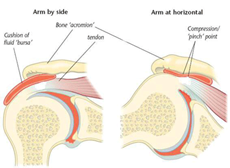
CROWDING AND INFLAMMATION
It is a mistake to be overly casual about suspected bursitis or tendinitis. They are not conditions to be ignored. When shoulder pain occurs, treatment with ice can reduce swelling. This in turn can prevent crowding between the acromion and the soft tissue beneath it. When inflammation causes swollen tissues to squeeze against each other under the acromion, the makings of a shoulder problem are present.
THE ROTATOR CUFF
The muscle-tendon unit known as the rotator cuff can be affected by tissue swelling under the acromion. Its function is to hold the ball of the upper arm bone in the socket and keep it from riding upward when the arm is lifted.
HOW THE ROTATOR CUFF BECOMES INVOLVED
The rotator cuff can become implicated in shoulder problems when a person with shoulder pain uses pain-free muscles unaccustomed to certain motions to compensate for lost function and stability. While doing so makes the injury bearable, inflammation spreads to other parts of the shoulder. Inflammed tissue may press against the acromion, causing irritation of the rotator cuff muscles and their tendons. In addition, an acromion with a moderately or sharply curved edge may irritate the rotator cuff and cause it to become frayed. This makes an actual tear more likely.
Once the rotator cuff is injured, it can be difficult to recover full shoulder function. Injured muscles lose strength quickly as other muscles take over the job of stabilizing the shoulder. A hard-to-break cycle of injury, muscle weakness and inflammation, further injury further weakness and so on follows.
Many injuries of this kind are experienced by non-elite athletes and others over 40. By this age, some wear and tear is usually discovered in shoulder joints. The combination of wear and tear and overuse is at the bottom of many rotator cuff injuries. Constant pain, weakness and ( often severe ) limitation of motion are typically reported by patients with rotator cuff problems. Usually symptoms become increasingly intense.
A special x-ray examination known as an MRI or arthrogram can be used to tell whether a rotator cuff is fully or partially torn. A water-soluble dye is injected into the inflammed shoulder area to provide contrast between the various kinds of tissues. Ultrasound is often used as well. Occasionally, arthroscopic evaluation is needed to determine the extent of damage. A small tear of one rotator cuff muscle may not require surgery. By contrast, vertical or horizontal tears through part or all of the thickness of one or more of the rotator cuff tendons may require surgical repair.
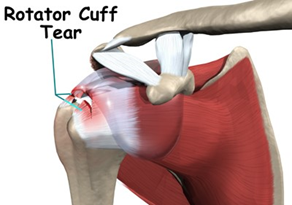 |
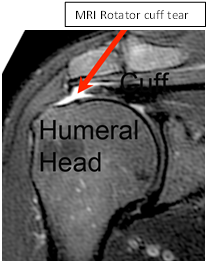 |
Rehabilitation is the key to a good recovery, whether or not surgery is needed. Except in cases where it is clear from the start that repair is suggested, a course of exercises combined with physical therapy may be prescribed to see whether the pain can be relieved and function restored. Proper rehabilitation can often bring a return of full shoulder function if the patient adheres to the therapy schedule and does all prescribed exercises faithfully.
When surgery is utilised, sticking to a rehabilitation plan is necessary to ensure that shoulder function is not lost due to weakening of unused muscles. Moderation of overhead activities is usually advised, too.
AVOIDANCE
The best course really, is to avoid overuse. If shoulder pain from excessive overhead motion is experienced, rest the shoulder from activity and apply ice ( until the shoulder is cold but not burning ) twice a day until pain has subsided. Non-steroidal anti-inflammatory medication may be helpful. Using a sling for the arm to take weight off the shoulder can help rest it. Do not use a sling for more than one week. Doing so may bring on a condition called frozen shoulder, which causes shoulder stiffness and restricts motion. If pain persists, make an appointment for evaluation of the sore shoulder.
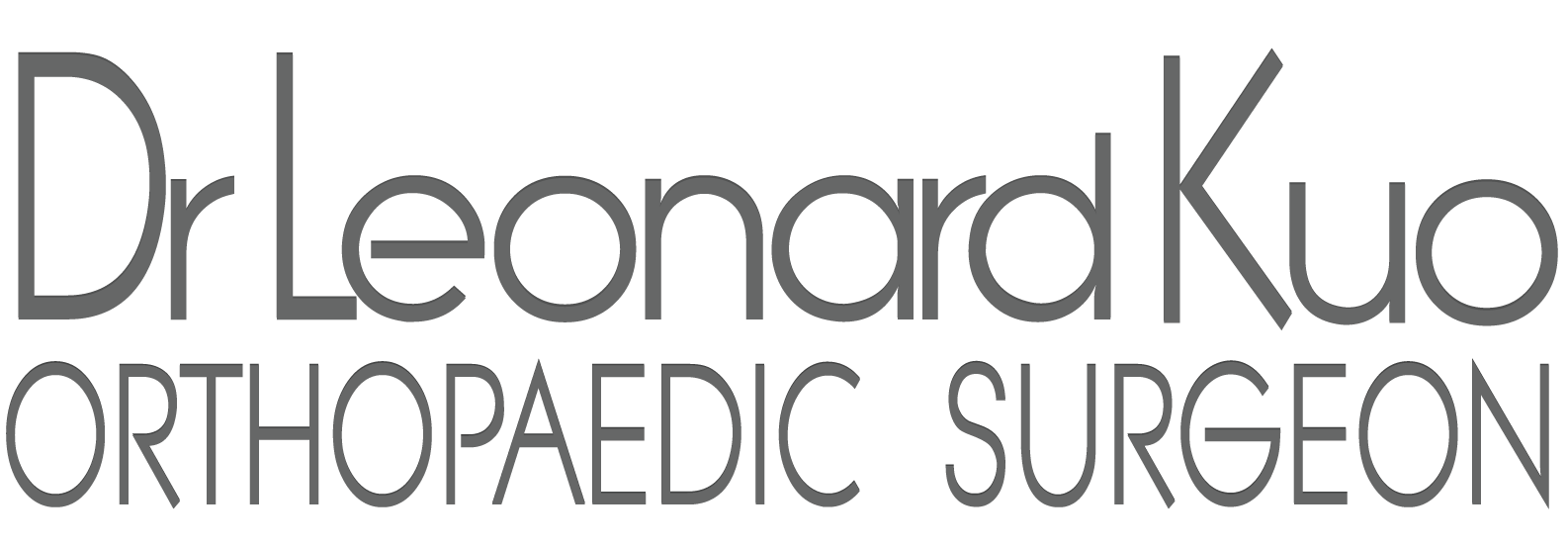

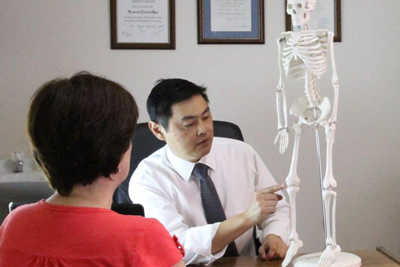
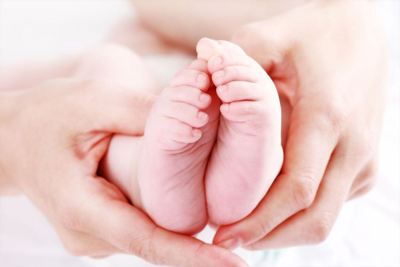

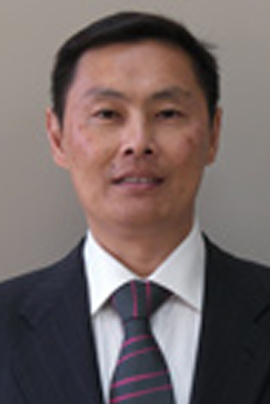 Dr. Leonard kuo
Dr. Leonard kuo